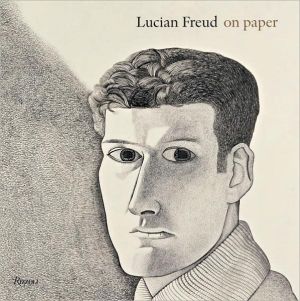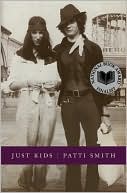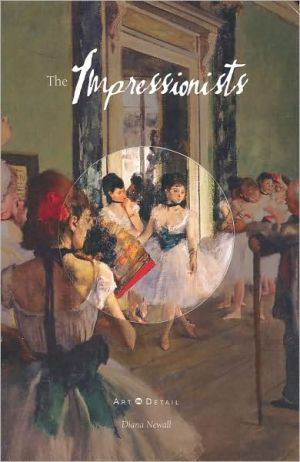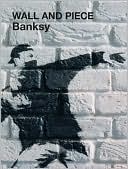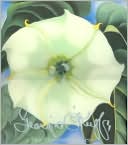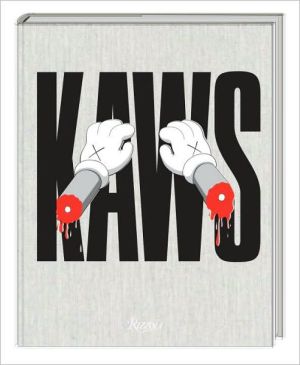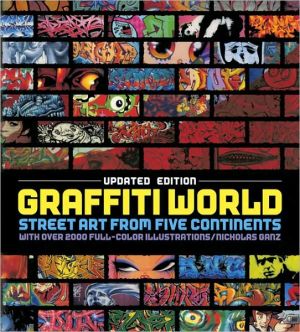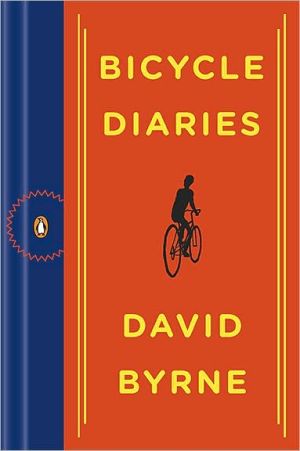Lucian Freud On Paper
Lucian Freud is widely regarded as one of the greatest living artists, and drawing is fundamental to his development as an artist and to how he sees. Speaking recently about his early years he claimed, "I would have thought I did 200 drawings to every painting in those early days. I very much prided myself on my drawing." Drawing became an important part of Freud’s life from the start and a famous sketchbook, The Freud-Schuster Book, has survived dating back to January 1940, when Freud was in...
Search in google:
Lucian Freud is widely regarded as one of the greatest living artists, and drawing is fundamental to his development as an artist and to how he sees. Speaking recently about his early years he claimed, "I would have thought I did 200 drawings to every painting in those early days. I very much prided myself on my drawing." Drawing became an important part of Freud’s life from the start and a famous sketchbook, The Freud-Schuster Book, has survived dating back to January 1940, when Freud was in Snowdonia with Stephen Spender, as do sketches from Freud’s life as a merchant seaman on a cargo vessel in the Atlantic in 1941. His then surreal style lent itself to illustrations and his fascination with animals, birds, and fish was revealed in the famous line drawings he produced for Nicholas Moore’s book of poems, The Glass Tower (1944). This volume charts Freud’s work on paper, including the etchings, over his entire career. It includes the formative early work, the sketches in preparation for painting his masterpiece, Large Interior W11 (after Watteau) (1983), the sketches of the completed painting in the studio and the astonishing later studies of his mother. The book ends with the etchings of recent years. The works on paper are an extraordinary achievement, providing even deeper insights into the work of perhaps the greatest figurative artist of our time.
"Lucian Freud decided to stop drawing in the early 1950s. Desisting, as he mostly did, for the next fifteen years was no small thing, since prior to then his reputation rested almost entirely on his drawing. In those early years, between adolescence and his late twenties, Freud drew like a young man possessed. His manner and his subjects through these years underwent various transformations, each one magically particular. But from the 1950s, it was painting — the challenge of finding painterly equivalents for the things and sensations that most excited him — that had his attention. Drawing, he had come to feel, was an impediment.\ ‘The idea of doing paintings where you’re conscious of the drawing and not the paint just irritated me,’ he has said. ‘People thought and said and wrote that I was a very good draughtsman but my paintings were linear and defined by my drawing. [They said] you could tell what a good draughtsman I was from my painting. I’ve never been that affected by writing, but I thought if that’s at all true, I must stop.’"\ ~An excerpt of Sebastian Smee’s introduction to Lucian Freud On Paper
